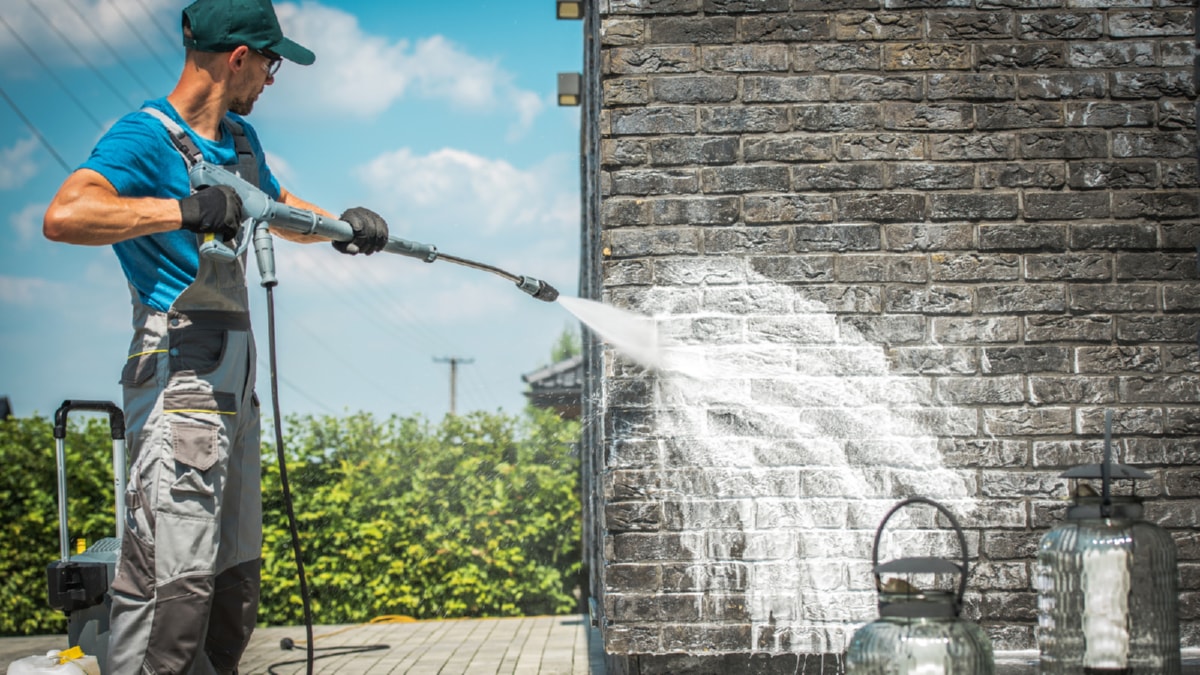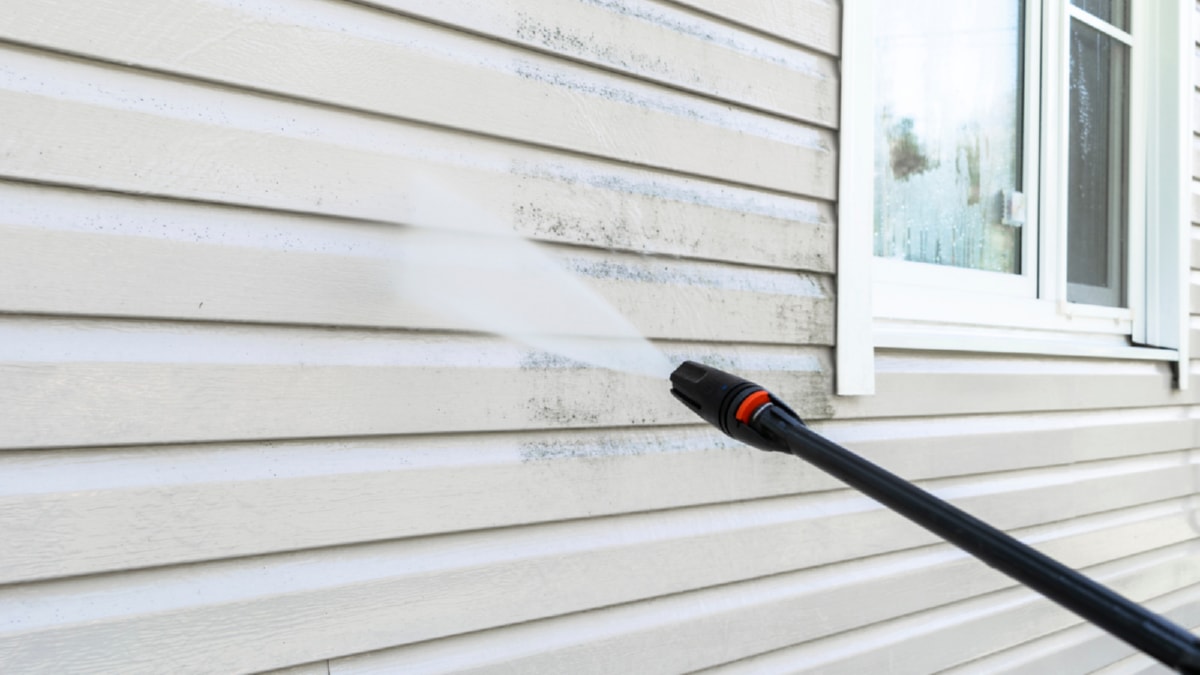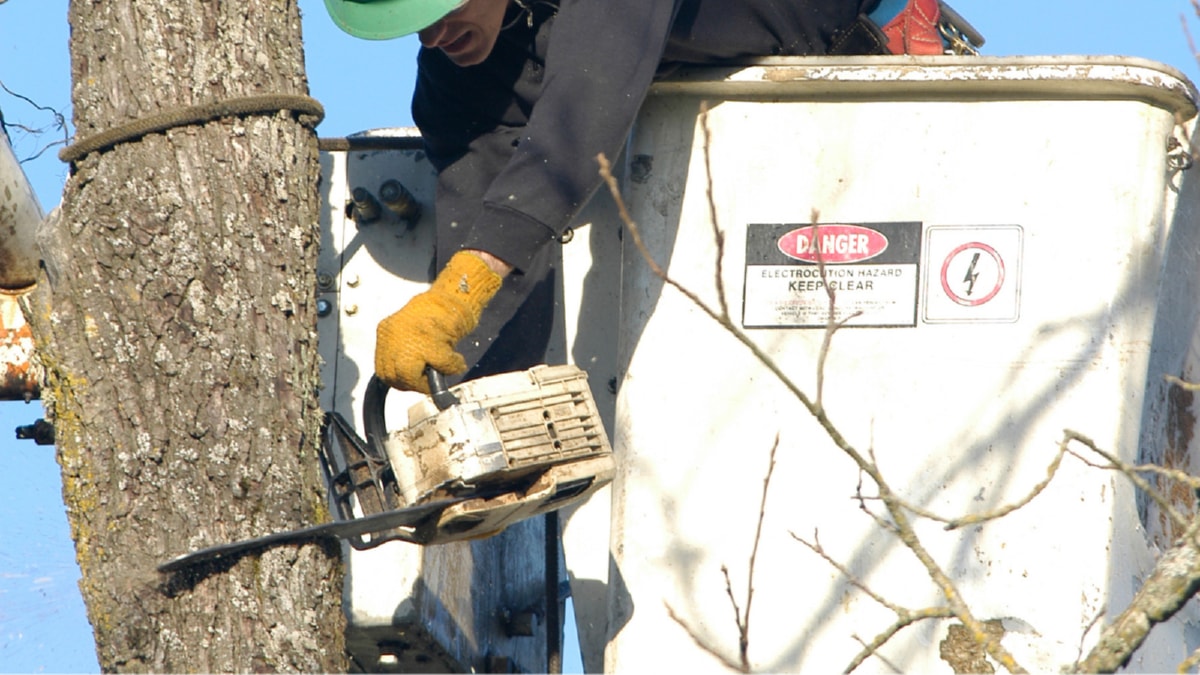Ensuring safety on a construction site is a crucial aspect of any project. It involves implementing measures to prevent accidents and injuries, keeping the welfare of the labor force in mind, and complying with regulatory standards.
To begin with, proper training for all staff members is fundamental. Every worker should undergo a comprehensive safety training program that provides an understanding of potential hazards associated with the construction site and the most effective practices to avoid them. This training should be regularly updated and refreshed to keep the workforce educated about the latest safety procedures.
The correct utilization of personal protective equipment (PPE) is another key element of construction site safety. All workers should be provided with suitable PPE such as hard hats, safety glasses, gloves, and high visibility clothing. Routine checks of PPE are crucial to ensure they are in good condition and are providing the intended protection.
Effective communication is also essential in maintaining a safe construction site. All workers should be aware of the possible hazards and safety procedures related to their tasks. This can be achieved by holding regular safety meetings and briefings. These meetings provide a platform for workers to raise concerns, share experiences, and learn how to handle different situations safely.
Another critical aspect of construction site safety is having a robust emergency response plan. This plan should include procedures for evacuation, first aid, and reporting accidents. It should be well-explained to all workers and practiced routinely to ensure everyone knows what to do in case of an emergency.
Furthermore, proper housekeeping contributes significantly to construction site safety. A cluttered site can lead to accidents such as trips and falls. Regular clean-up activities should be scheduled to keep walkways clear and materials safely stored.
Lastly, proper signs and labels can play a vital role in alerting workers to potential hazards. Signs indicating danger zones, restricted areas, and equipment operation instructions should be clearly visible and easily understood.
In conclusion, creating a safe construction environment is a comprehensive task that involves training, equipment use, communication, emergency planning, cleanliness, and signage. By implementing these steps, construction companies can ensure a safer work environment, minimize accidents, and comply with industry regulations.
For more details, check best Kerbing service Kildare Galway Limerick Mayo Offaly or visit their business listing here.



